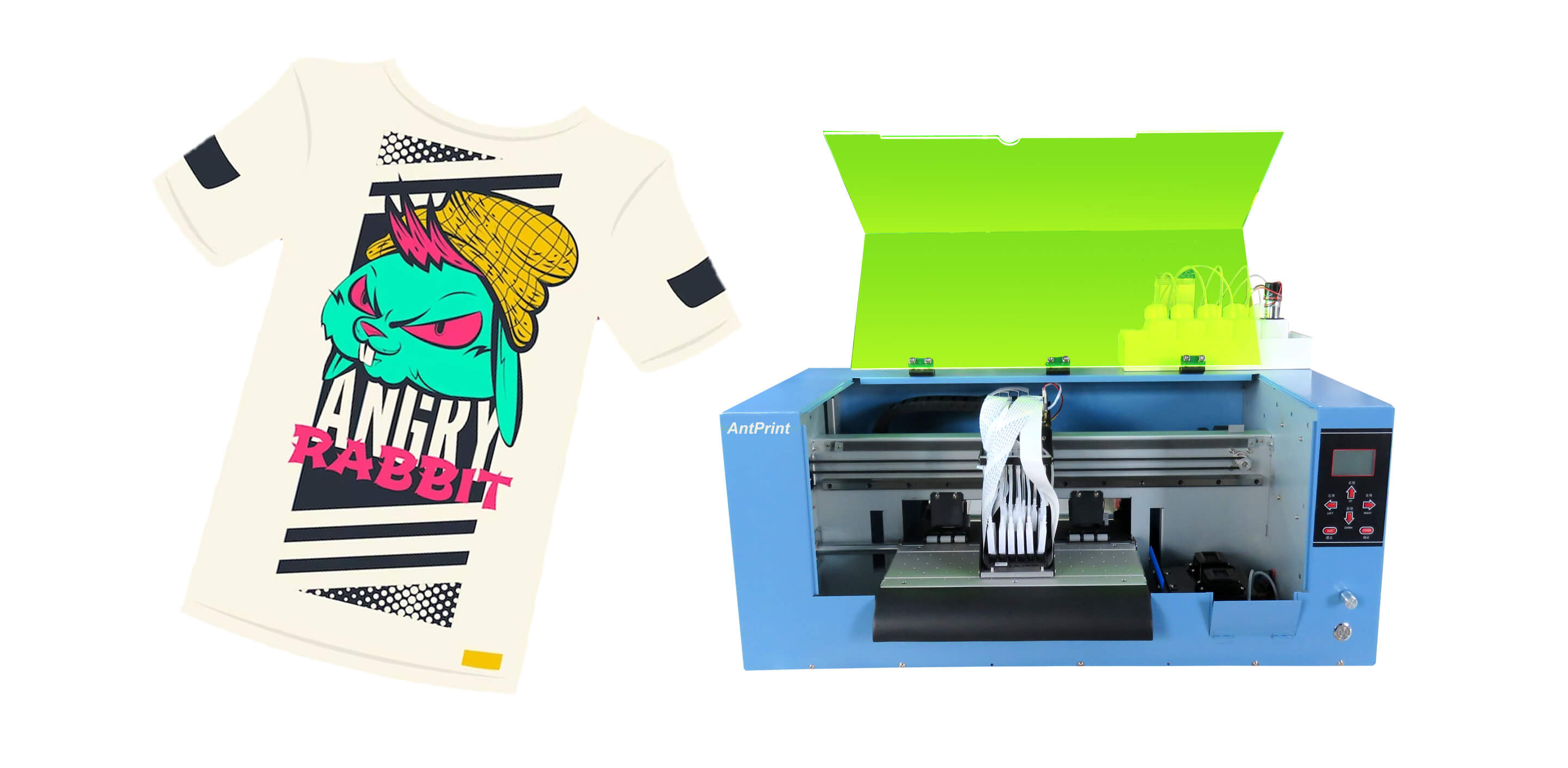There are countless niche opportunities available in print on demand markets.
There are countless niche opportunities available in print on demand markets.
Blog Article
Understanding How Digital Printing Revolutionizes the Printing Sector
The printing industry, long soaked in conventional approaches, is going through a radical change with the advent of digital printing. With its prospective to stimulate engagement via personalized content and to use sustainable solutions, it's clear that electronic printing is even more than a technical advancement; it's a critical game changer.
The Advancement of Digital Printing: A Short Overview
Considering that its creation, electronic printing has undergone significant improvements, constantly changing the printing industry. With the introduction of the 90s, electronic printing technology started to mature, and the market witnessed the introduction of direct imaging presses, which got rid of the need for publishing plates. As the new millennium unfolded, improvements in modern technology better spurred the development of electronic printing, leading to the creation of high-speed inkjet printers.

Unpacking the Innovation Behind Digital Printing
Digging into the complexities of digital printing innovation, one encounters an abundant tapestry of innovative machinery and complex algorithms. At the heart of this process exists an electronic photo, which is processed by software application that divides it right into a grid of dots. This intricate system, bolstered by sophisticated software program and high-resolution imaging, has actually transformed the landscape of the printing market, leading the method for unmatched levels of detail and accuracy.

The Advantages of Digital Printing for Organizations
Comprehending the innovation behind electronic printing offers a clear image of its accuracy and information. For organizations, this translates right into numerous benefits. First of all, electronic printing provides extraordinary rate, allowing firms to fulfill tight target dates without jeopardizing on top quality. Next, it minimizes costs as there are no plates or physical arrangement, making it best for small-volume printing jobs. In addition, this technology uses superior uniformity with each print outcome, eliminating variations usually seen in conventional techniques. Digital printing is environmentally friendly, utilizing much less ink and producing much less waste. The full capacity of digital printing is recognized when utilized for customization and personalization, a subject that will certainly be covered in deepness in the following area.
The Duty of Digital Printing in Customization and Personalization
While conventional printing approaches battle with customization and personalization, digital printing succeeds in these areas. It permits for the very easy modification of layouts, without the requirement for pricey and time-consuming plate modifications (print on demand). This enables businesses to tailor items to individual consumers, conference particular requirements and enhancing consumer satisfaction
Digital printing likewise permits for variable data printing, where aspects such as text, graphics, and images might be changed from one published item to the following, without decreasing the printing web link process. This is particularly beneficial for straight advertising and marketing projects, where personalized messaging can considerably enhance feedback prices. In this method, electronic printing not just revolutionizes the printing sector yet also transforms the way services connect with their customers.
Analysing the Environmental Impact of Digital Printing
Although digital printing has been admired for its duty in customization and personalization, it is important to examine its ecological influence. Digital printing can be less inefficient than like this standard approaches, because it operates a 'print as needed' basis, eliminating the demand for big print runs that can lead to surplus and waste. Furthermore, it makes use of fewer chemicals and generates less unpredictable organic substances (VOCs) compared to offset printing. The power usage of electronic printers can be high, leading to enhanced carbon footprint. The use of non-recyclable printing components and the difficulty of e-waste management present substantial ecological problems. While electronic printing has several benefits, its environmental influence needs to be conscientiously managed.
Final thought
In final thought, electronic printing has changed the printing industry, supplying rapid, economical, and premium solutions - print on demand. Comprehending these adjustments is Going Here essential for services to utilize the advantages of digital printing properly.
Report this page